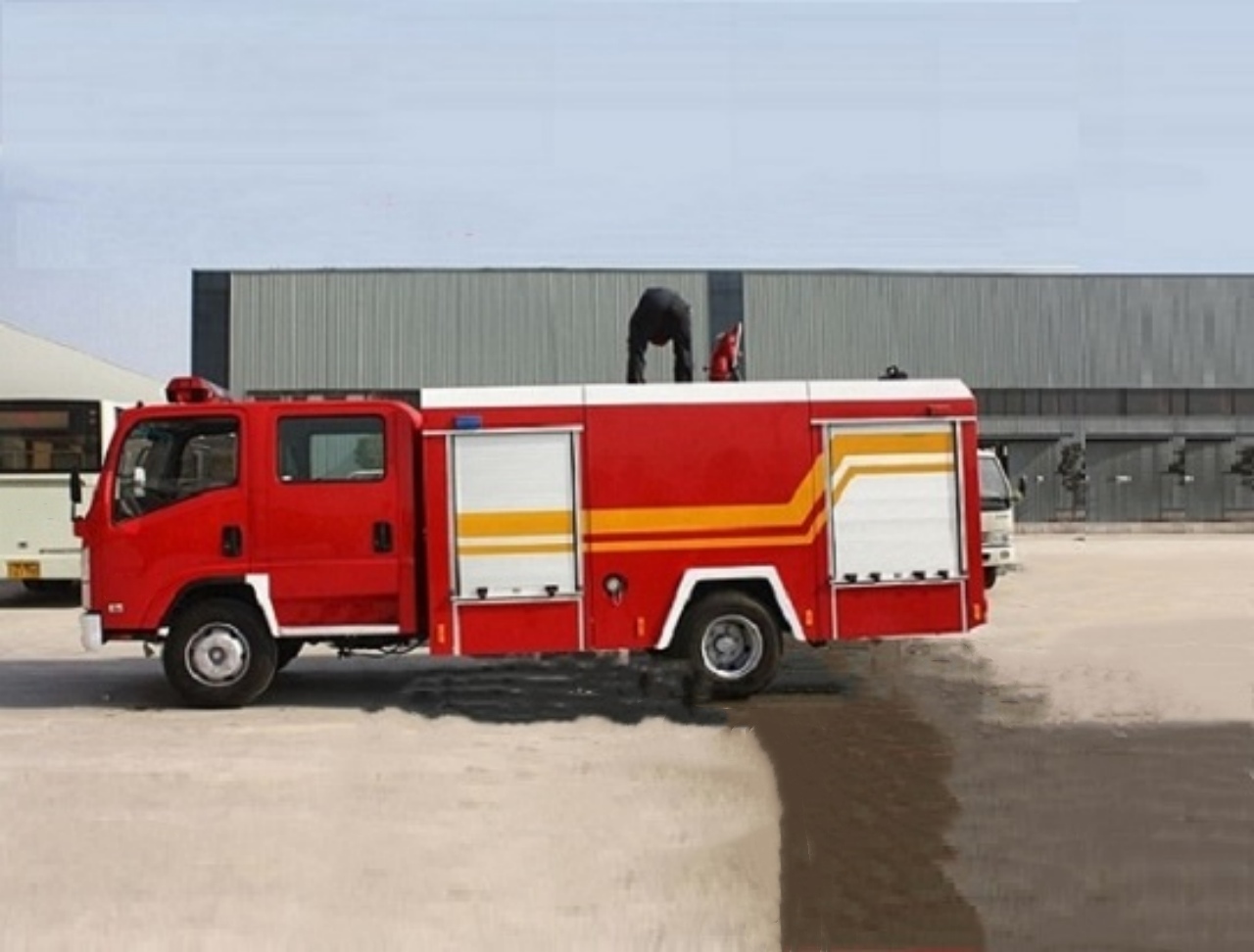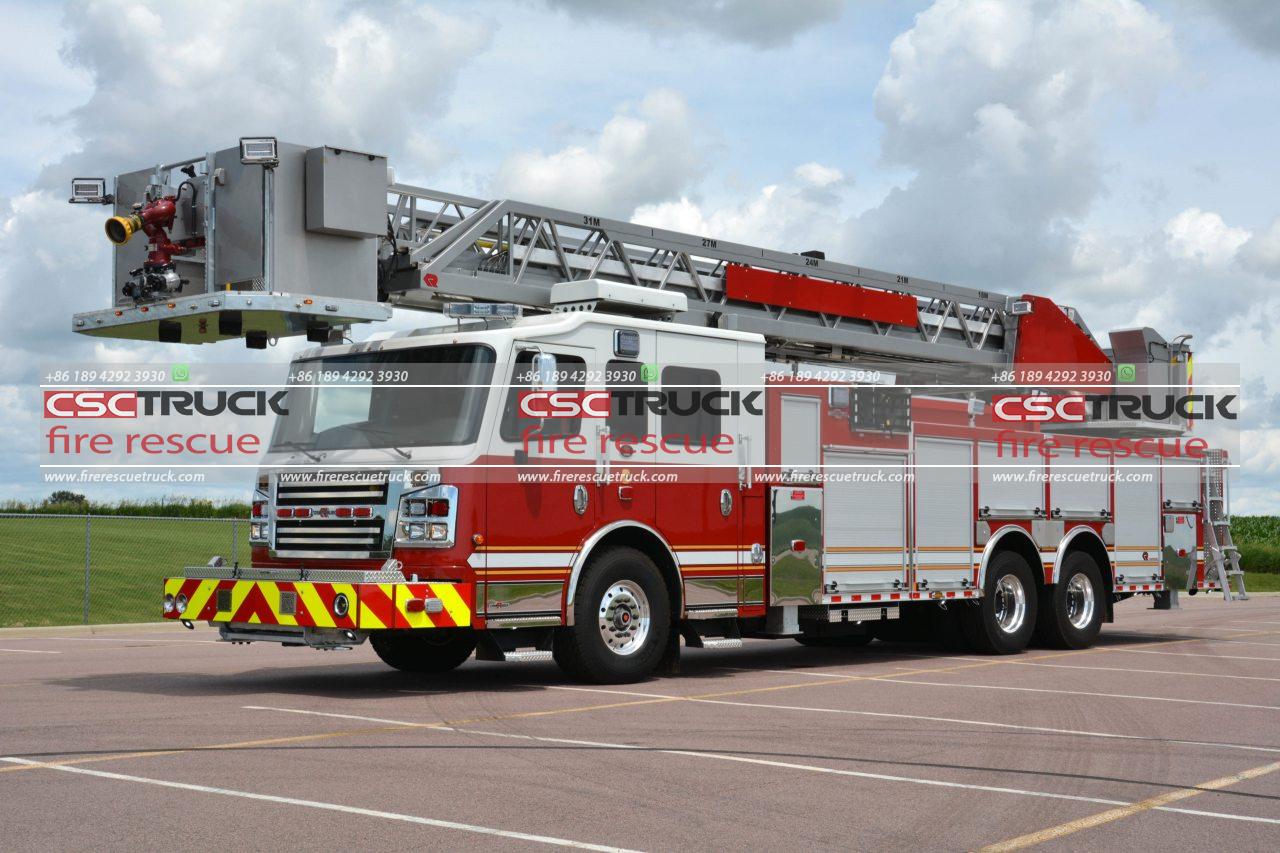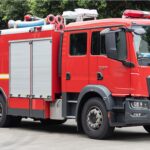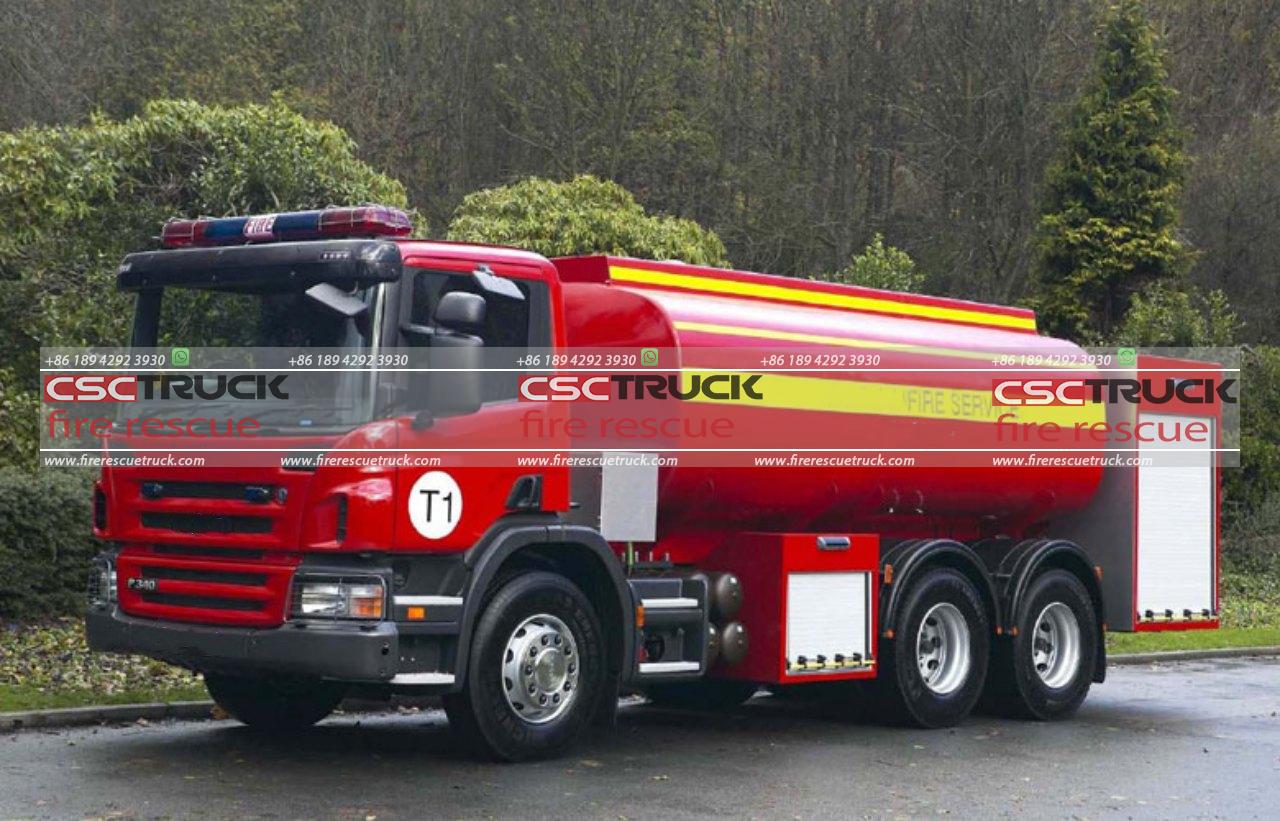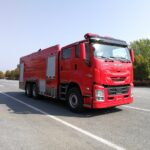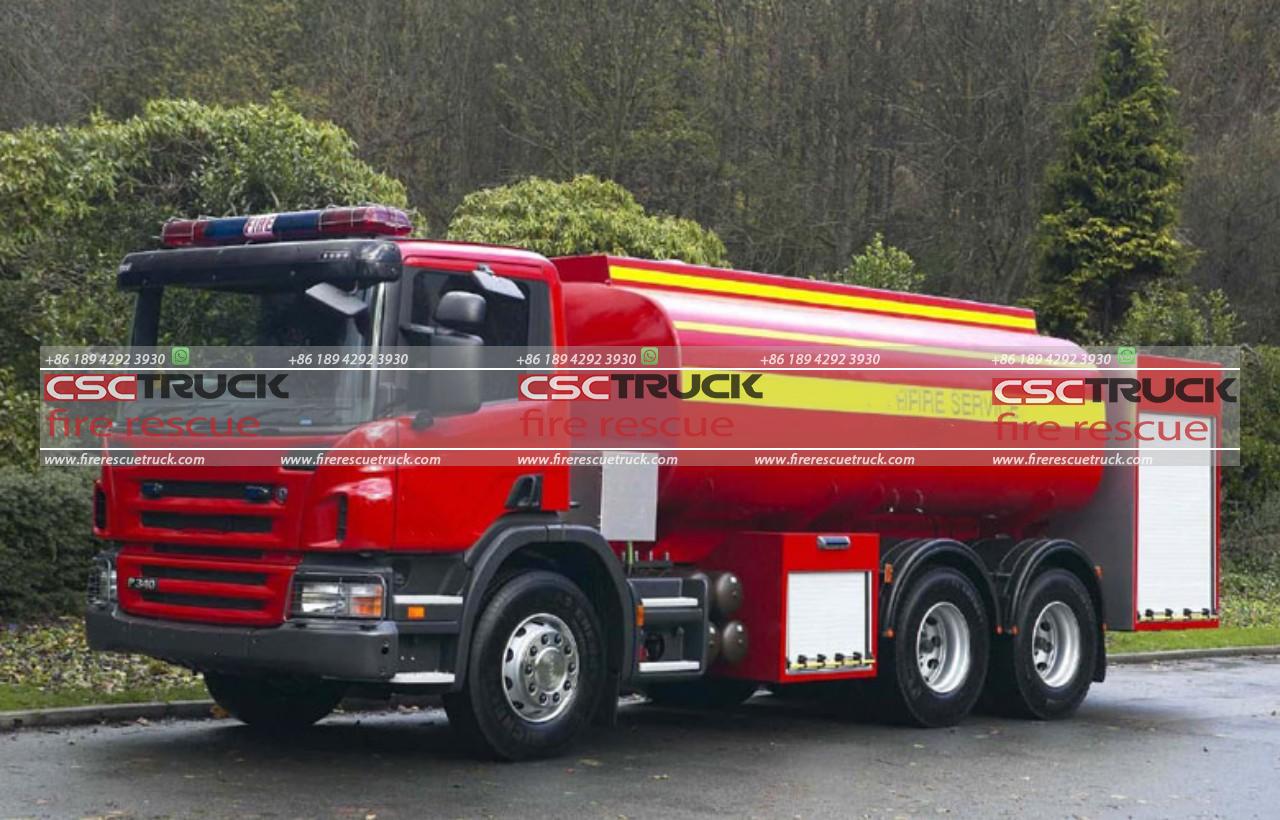Fire trucks are iconic symbols of emergency response, equipped with sophisticated systems designed to combat fires of varying intensities. One of the most critical aspects of a fire truck’s firefighting capability is its water pressure. Understanding the water pressure in a fire truck involves exploring the mechanics of fire pumps, hose dynamics, nozzle design, and how these elements work together during an emergency condition. This article provides an in-depth look at what water pressure is, how it’s generated in fire trucks, typical pressure values, and the factors influencing its performance on the fireground.
Understanding Water Pressure
Water pressure is typically measured in pounds per square inch (psi) and refers to the force that water exerts as it flows through hoses and out of nozzles. In firefighting, pressure is vital because it determines how far water can be projected and how effectively it can reach and extinguish a fire. High water pressure ensures that streams can reach upper stories of buildings, penetrate flames, and cool hotspots efficiently.

Components That Control Water Pressure
1. Fire Pump
The heart of a fire truck’s water system is the fire pump. Most modern fire trucks are equipped with a centrifugal pump, which uses spinning impellers to increase the velocity of water and convert that velocity into pressure. These pumps can draft water from a hydrant, a water tank on the truck, or even natural sources like lakes or ponds.
Typical fire pumps in municipal fire engines can produce pressures ranging from 125 to 250 psi, depending on the need. Some high-pressure firefighting systems, especially in industrial or high-rise applications, can operate at pressures exceeding 300 psi.
2. Hose Lines
The size and length of hose lines significantly influence how much pressure is available at the nozzle. Fire trucks carry various hose diameters:
- Attack lines (typically 1.5 to 2.5 inches) are used for direct firefighting. These often operate at nozzle pressures between 100 and 125 psi.
- Supply lines (4 inches or more) are used to transport large volumes of water from hydrants or tankers and are usually operated at lower pressures to minimize friction loss over distance.
3. Nozzles
The design of the nozzle affects water stream shape, reach, and flow rate. Smooth-bore nozzles and fog nozzles each require specific pressures to function properly. A fog nozzle may require 100 psi at the nozzle to produce an effective spray pattern, while a smooth bore nozzle might work optimally at 50 to 80 psi.
Water Pressure in Different Types of Fire Trucks
1. Municipal Fire Engines (Pumper Trucks)
These are the most common fire trucks used in city firefighting. Equipped with a 1,000 to 2,000 gallons-per-minute (GPM) pump, they typically generate:
- Standard operating pressure: 125-150 psi
- Max output pressure: 250 psi (when needed)
These trucks often carry 500-1,000 gallons of water onboard and are designed to supply attack lines, feed ladder trucks, or provide water to other units via large-diameter hoses.
2. Aerial Ladder Trucks
These trucks are designed for elevated operations and include waterway systems that run along the ladder. Because of the vertical lift required, higher pressures (150-200 psi) are needed to push water to the top of a 100-foot ladder and maintain effective stream flow from an elevated master stream nozzle.
3. Wildland Fire Trucks
Wildland or brush trucks are smaller and used for off-road firefighting. They usually have lower volume pumps, but they can operate at higher pressures (up to 300 psi) because they use smaller diameter hoses and need to project water over rugged terrain without hydrant access.
4. Industrial Fire Trucks
These are used in refineries, airports, or chemical plants and are equipped with ultra-high-capacity pumps and large monitors (deck guns). They may use pressures from 200 to 400 psi to deliver massive volumes of water or foam to large-scale fires.

Factors Influencing Fire Truck Water Pressure
1. Elevation and Gravity
For every 2.31 feet of elevation gain, water loses 1 psi of pressure. When pumping uphill, especially to higher floors or elevated platforms, fire engines must compensate for this loss.
2. Friction Loss
As water flows through a hose, it encounters resistance due to internal friction. Longer and narrower hoses have greater friction loss. For example, a 200-foot 1.75” hose line might lose 50-60 psi depending on the flow rate.
3. Nozzle Reaction and Firefighter Safety
Excessively high nozzle pressures can make hose lines difficult to control and lead to firefighter fatigue or injury. Thus, optimal pressures are chosen not just for firefighting efficiency but also for safety and maneuverability.
4. Water Source and Supply
The availability and reliability of a water source, such as hydrants, tankers, or drafting, can limit or enhance water pressure. Firefighters monitor intake pressure to avoid cavitation, where the pump draws more water than it can handle, leading to damage.
Pressure Management and Control Systems
Modern fire trucks come equipped with electronic pressure governors and pressure relief valves. These devices help:
- Maintain consistent pressure even as the hose lines open or shut off
- Prevent spikes in pressure that could damage equipment or injure personnel
- Automatically adjust the pump output to match demand on the fireground
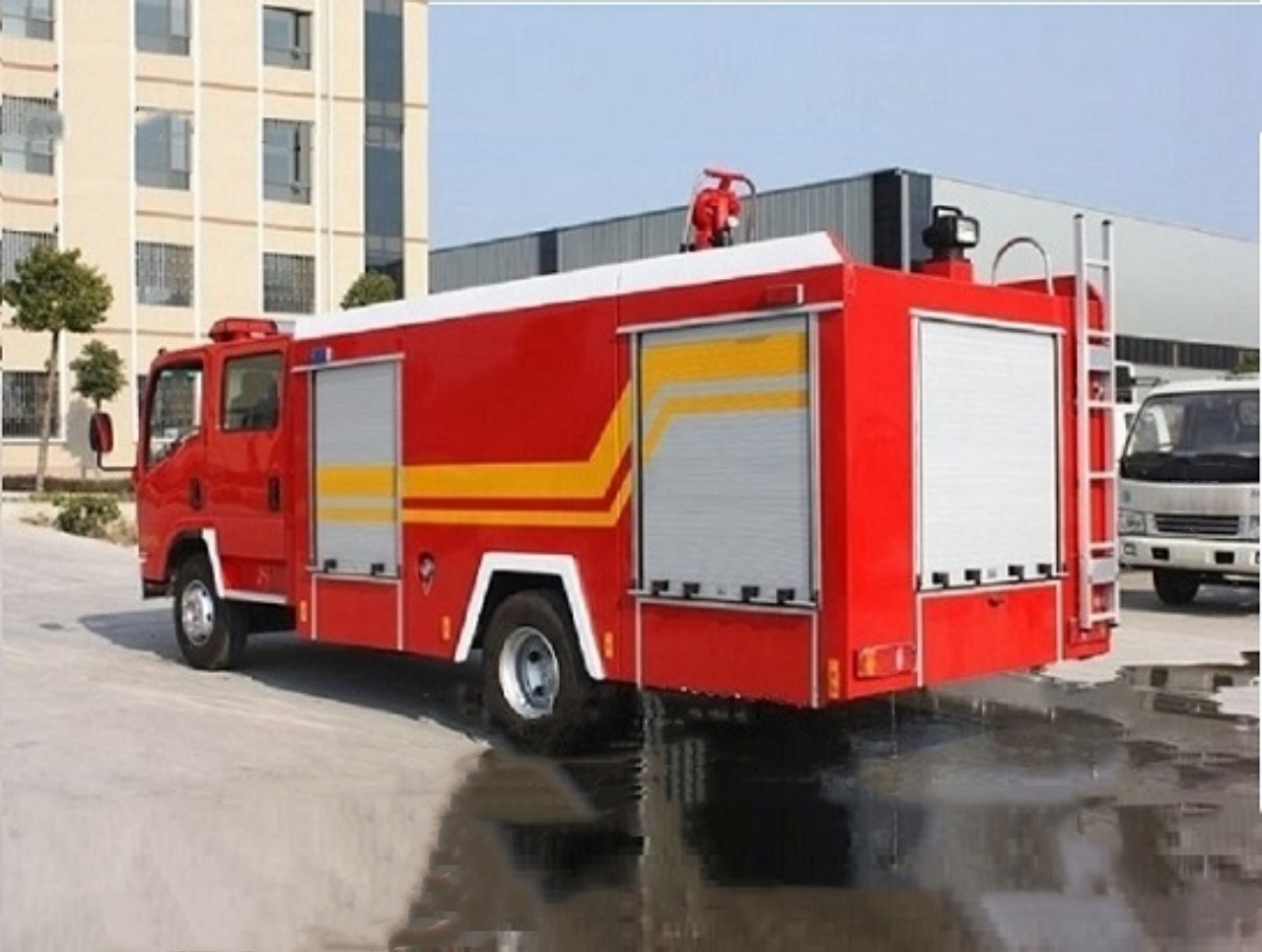
Real-World Example
Consider a structure fire on the second story of a building. Firefighters stretch a 200-foot 1.75” attack line from the truck. The desired nozzle pressure is 100 psi, but due to elevation gain and friction loss, the pump must deliver around 160-180 psi at the truck to ensure the correct pressure at the nozzle. An operator at the pump panel monitors gauges and adjusts accordingly in real time.
Conclusion
The water pressure in a fire truck varies based on the truck type, mission, and fire conditions. Standard municipal fire engines typically operate at 125 to 250 psi, but pressures can be higher or lower depending on hose length, nozzle type, and target elevation. Understanding these dynamics is essential not just for delivering effective firefighting streams but also for ensuring safety and efficiency during fireground operations. Firefighters rely on their training, technology, and teamwork to manage pressure systems with precision, proving that what happens behind the scenes is just as critical as the water coming out of the hose.
